
Accelerate your career and increase your impact.
Unlock your full potential with project-based learning, social, self-paced and expert-led courses.

Unlock your full potential with project-based learning, social, self-paced and expert-led courses.

This course is designed to provide learners with a comprehensive understanding of the concept of data observability and its significance in data-driven decision-making.

Learn how to leverage popular tools to implement ML observability for critical models to detect and explain why the performance of your production models degrades over time due to causes like model drift.

Learn how to effectively implement machine learning solutions in real-world scenarios, supporting the entire lifecycle - from problem conception and feature engineering.

Learn about various applications of synthetic data, create and evaluate synthetic data with a focus on tabular data using GAN-like and copula techniques. You will learn best practices and identify situations leading to overfitting.

Learn how to efficiently analyze massive data sets, create data pipelines, and gain insights in real-time. We'll cover tools like Apache Kafka, Apache Flink, and Apache Spark Streaming, as well as streaming data architectures.
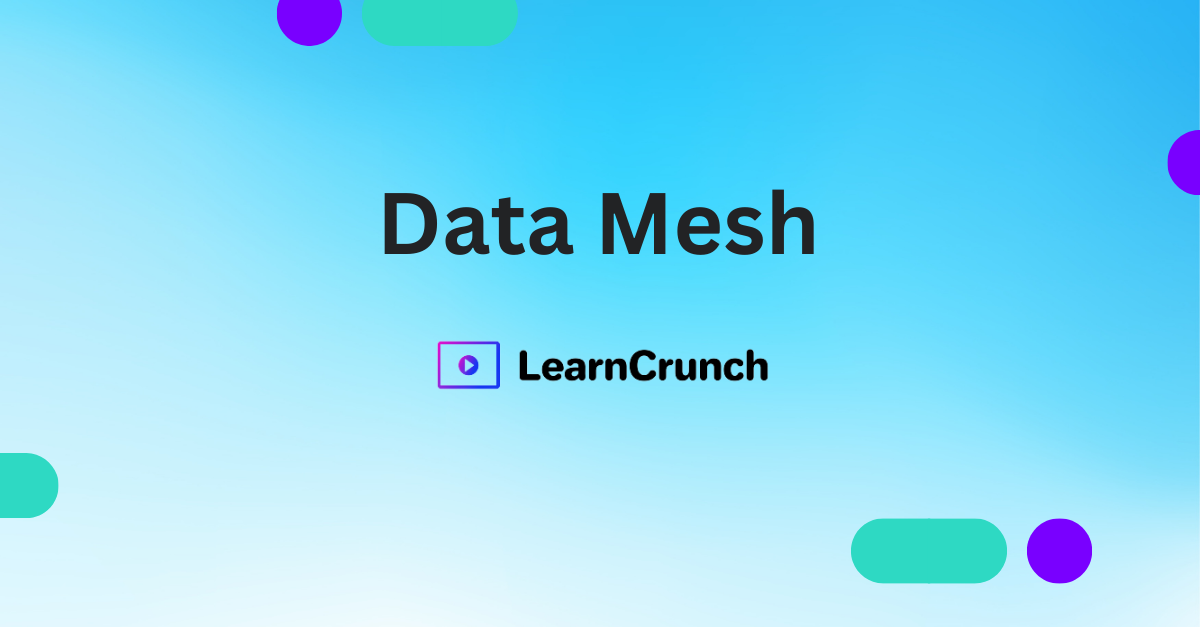
Learn a new approach to data architecture, where data is treated as a product and each product has its own team. It covers how to create and manage a decentralized data infrastructure that scales with an organization's growth.

Learn how to deploy machine learning models into production environments. It covers topics such as model packaging, versioning, and monitoring, and how to integrate models into existing software systems.
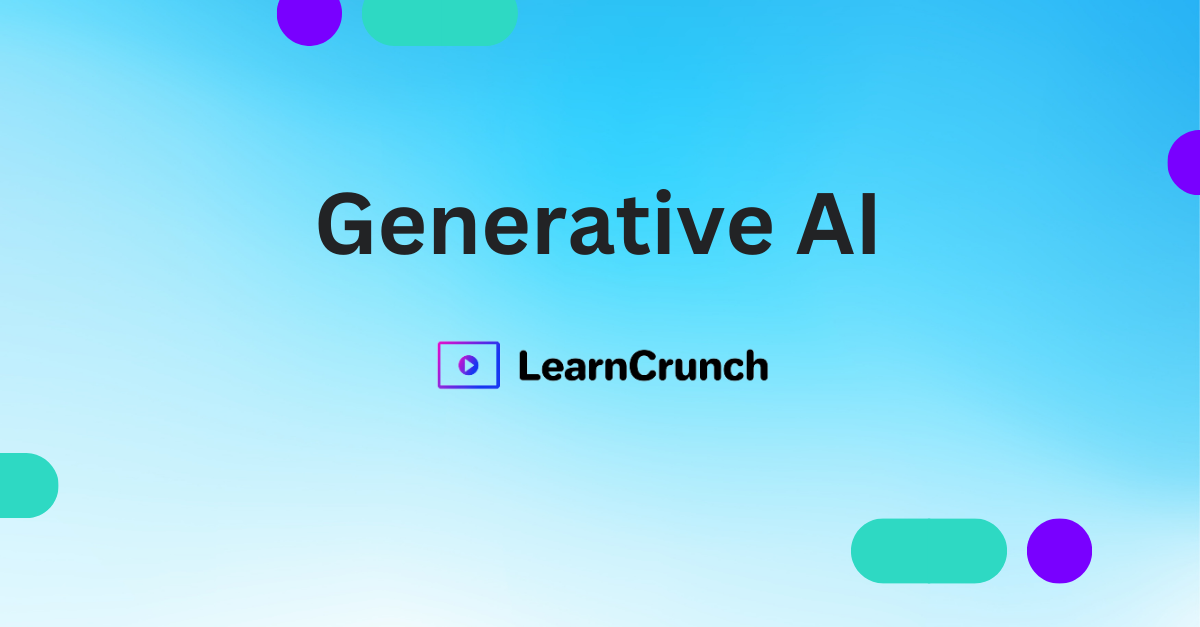
Learn about the latest techniques and applications of generative models in AI, including GANs, VAEs, and autoregressive models. Students will learn how to generate images, text, and music using these models.

Learn how to design AI systems that can provide understandable and interpretable explanations for their decisions and outputs, making them more transparent and trustworthy.
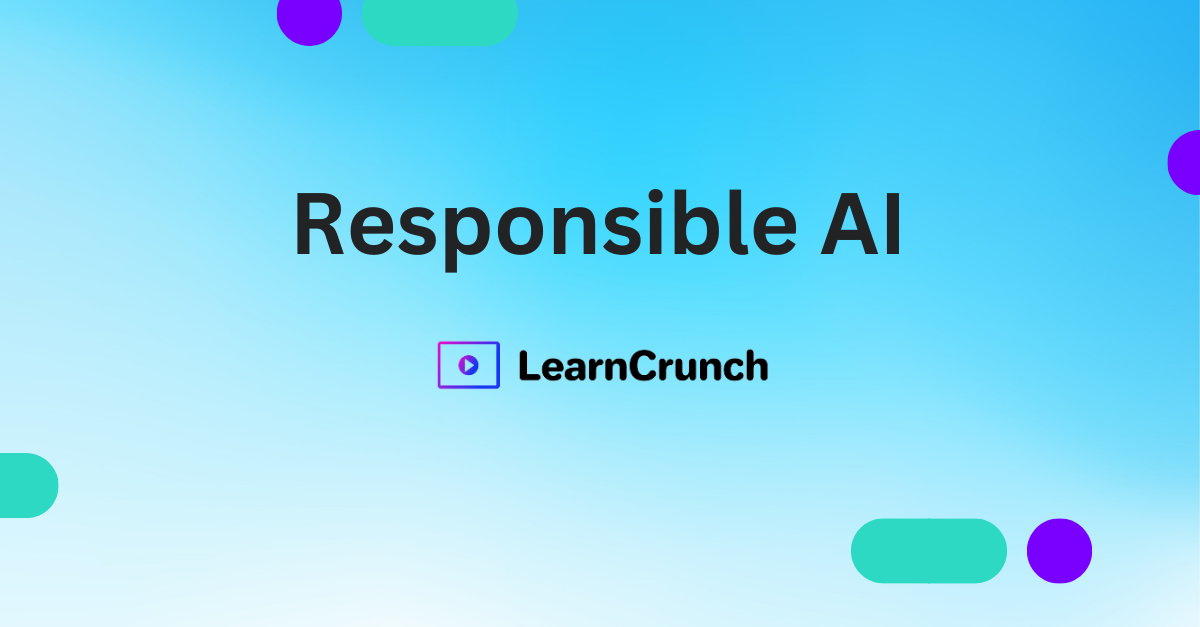
Learn how to design AI systems that can provide understandable and interpretable explanations for their decisions and outputs, making them more transparent and trustworthy.
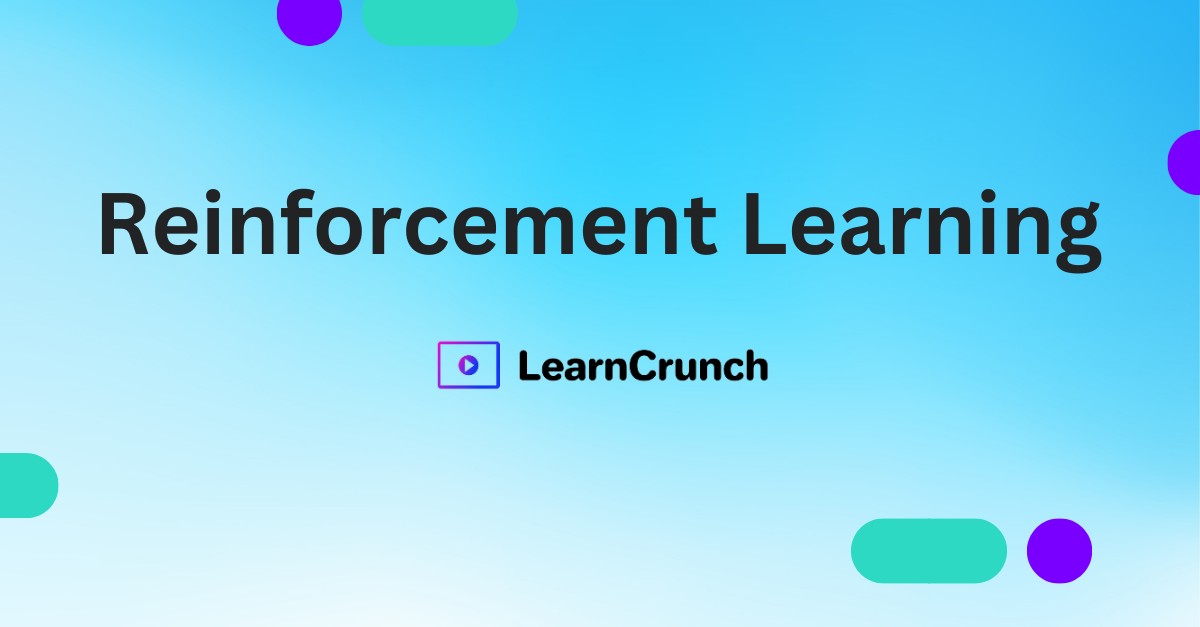
Learn the principles, algorithms, and applications of reinforcement learning in artificial intelligence.
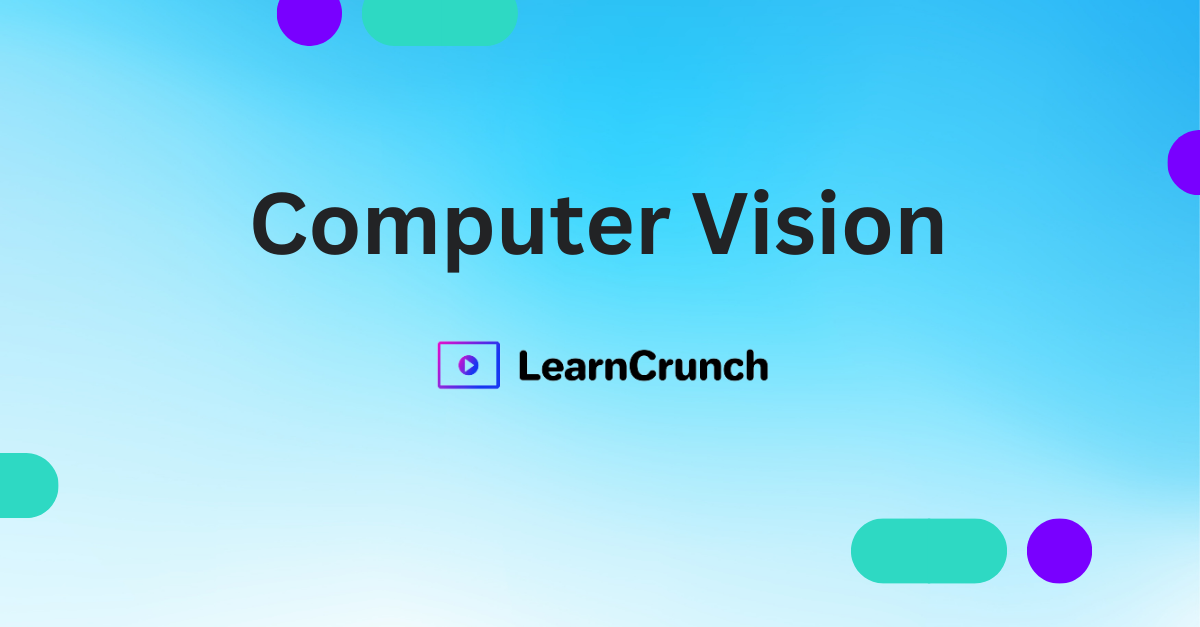
This course explores the field of computer vision, which focuses on enabling machines to interpret and understand visual data from the world around us. The course covers topics such as image processing, feature detection, object recognition, and deep learning-based approaches to computer vision.
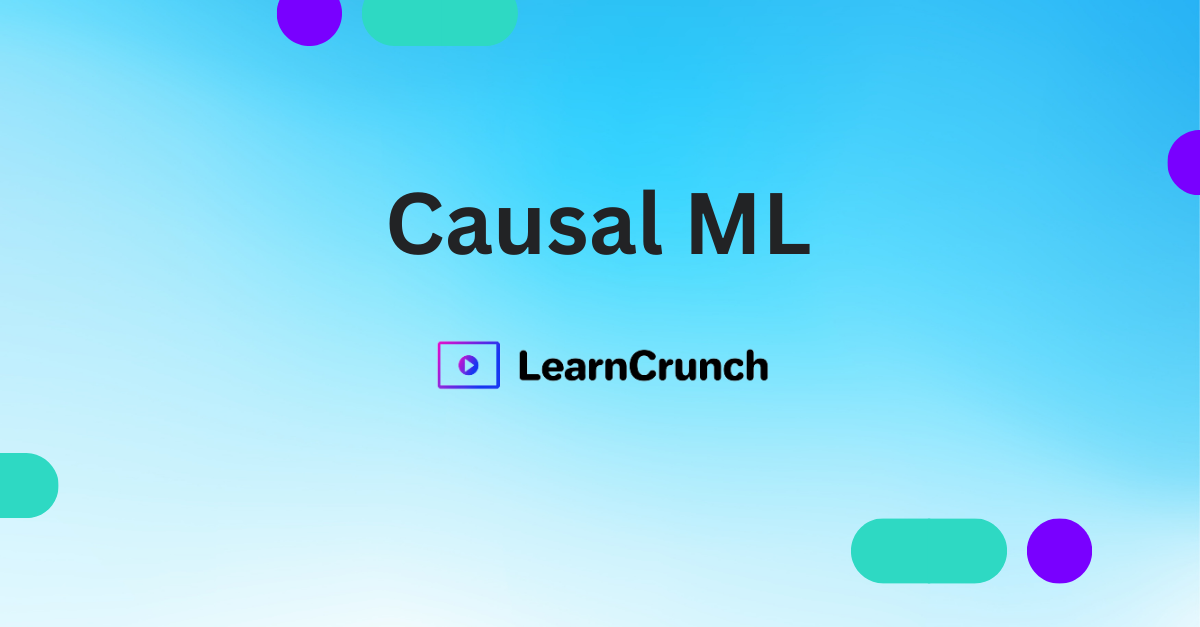
Learn the principles, techniques, and applications of causal inference in machine learning.
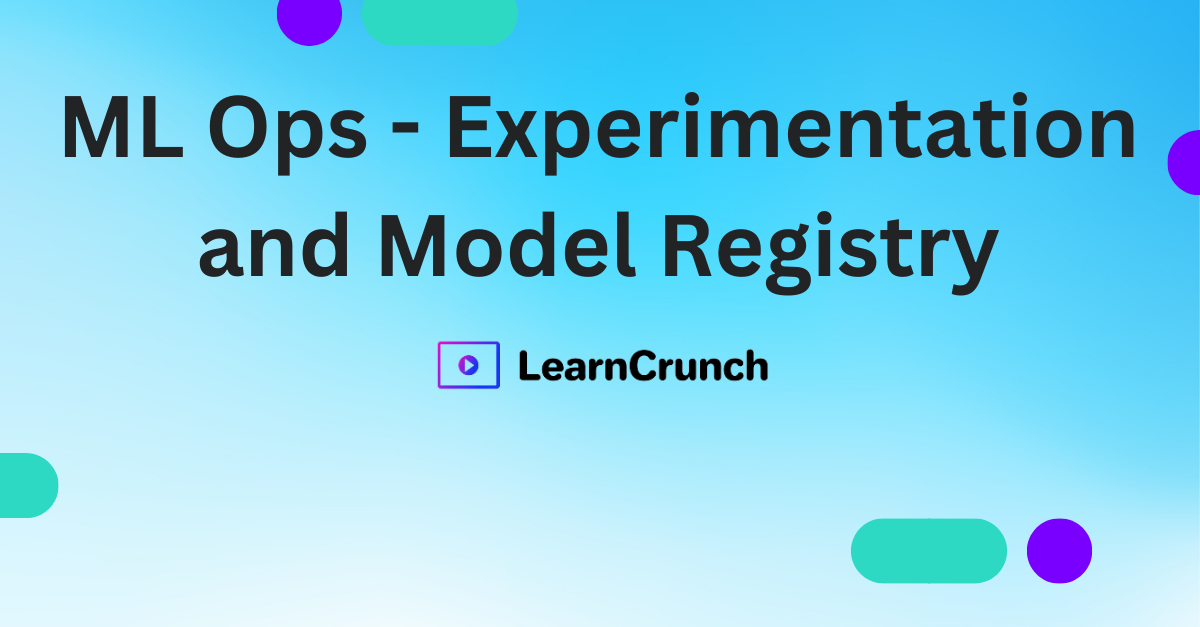
Learn the principles, techniques, and applications of ML experimentation and model registry.